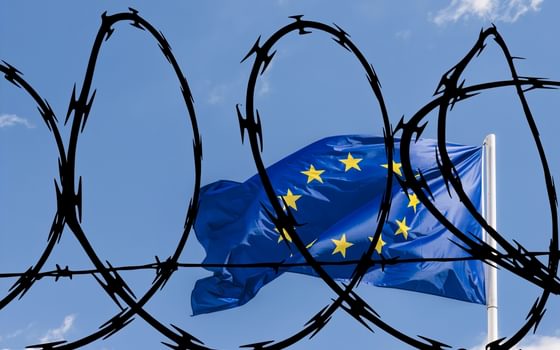Brexit and beauty products: why standards matter
The standards which keep our make up safe from toxic chemicals could be under threat
03 February 2017
People have done some strange and dangerous things over the centuries in the name of beauty. The ancient Egyptians painted their faces with lead and copper, the Elizabethans used white lead to hide smallpox scars and some of the Victorian so called ‘beauty miracles’ contained mercury and even arsenic. These chemicals are toxic and have a range of unpleasant side effects, from nausea and weight loss, to cancer, blindness, madness and even death.
All of this should make us take comfort in today’s regulations which ensure we can live without lethal lipstick or noxious nail varnish.
Or should we? Brexit may be about to change everything.
While the UK continues to be governed by EU law, cosmetics companies have to prove that a product is safe before they can sell it to people to smear on their faces. Over 1,300 ingredients are banned from use in cosmetic products and several hundred more are restricted because of concerns about their toxicity to the environment or impact on human health.
This is not the case everywhere. Under U.S. law, just 11 ingredients are prohibited or restricted from use in US cosmetics, most “do not need approval before they go on the market.” The result? Toxic ingredients have even been detected in children’s face paints.
The EU takes a precautionary approach to chemicals – even where the risk isn’t clear. If it’s suspected that a chemical could cause harm, EU law requires that steps should be taken to restrict or prohibit its use. This has led to a significant number of chemicals being banned from the market because of concerns about their impact on the environment or human health.
One well known example of this was the EU’s decision to restrict the use of neonicotinoids because of concerns that their use may be harming bee populations. In fact these neonics may also be linked to some human health problems including breast cancer and so this precautionary approach may benefit more than just bees. If this approach had been taken with other chemicals before they were introduced onto the market, for example DDT, asbestos and PCBs, a number of environmental and public health disasters could have been avoided.
So what will happen when Britain leaves the EU? What then for cosmetics, pesticides or GMOs?
Members of the UK Government have made clear that they will start trying to slash EU regulations if they don’t get their way in the Brexit negotiations. In the global competition to woo business the laws that protect our health are under threat. There is pressure on the Government to lift current EU bans on certain chemicals and pesticides from businesses which have a vested interest in portraying fundamental protections of our health and environment as unnecessary burdens or ‘red tape.’ These claims are in many cases downright dangerous.
The Government is increasingly making clear that it is willing to strip back the regulations which protect us in the hope of stealing business from Europe. Such a strategy puts is a huge threat to the standards we’ve come to expect.
Whether we’re wildlife lovers, concerned for our children’s health or alarmed at the prospect of poison lacing our beauty products, we will need to work hard to protect hard won environmental and health protections.
Parliament will have its chance to discuss Brexit – write to your MP today and ask them what they will do to help safeguard our current environmental and health protections after Brexit.
Breast Cancer UK works to tackle the environmental and chemicals cases of breast cancer and is currently campaigning for tougher regulations that help to protect the public from the harmful chemicals linked to breast cancer.
www.breastcanceruk.org.uk
Topics Democracy & participation






